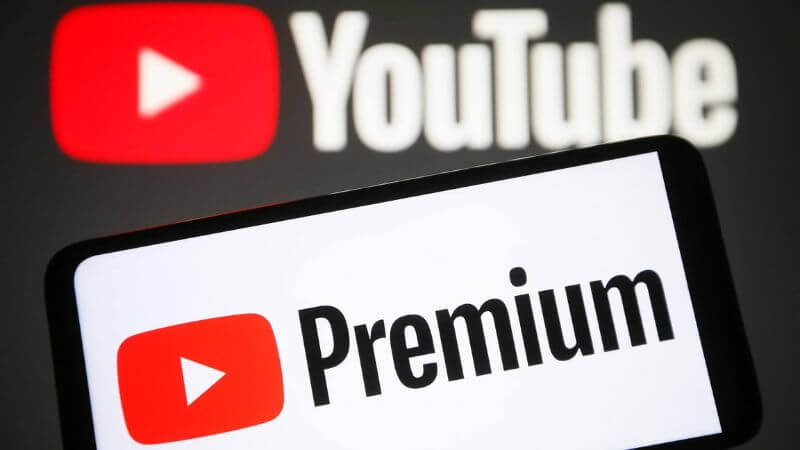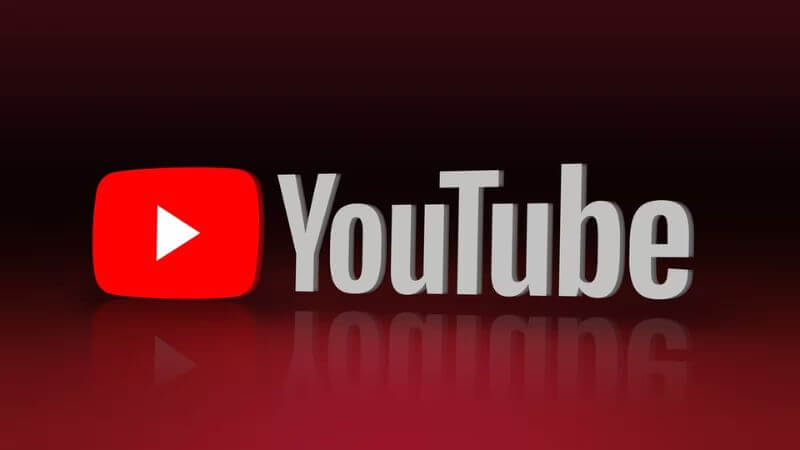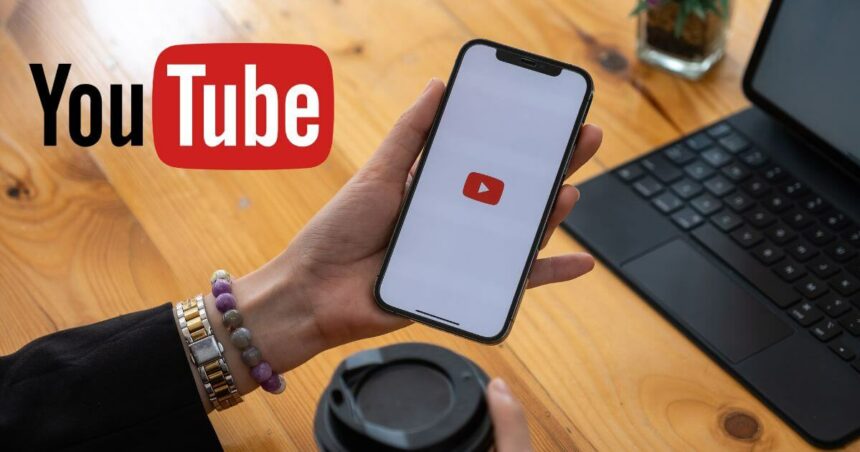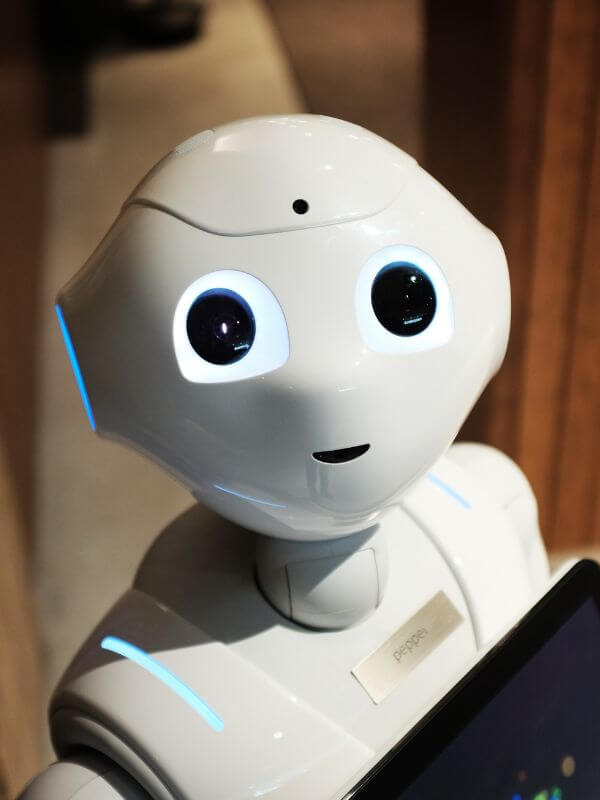YouTube just rolled out a new tool that lets creators catch fake videos made with their face and voice. Announced on the Creator Insider Channel, this feature helps spot deepfakes before they damage your reputation or mislead your audience.
How To Access The New Detection Tool

Partner Program members get first access to this feature. You’ll find it right in your Content ID menu, the same place you check copyright claims. There’s a new dashboard showing videos that YouTube has flagged as potential deepfakes using your likeness.
The platform organizes these flagged videos by priority, so you see the worst cases first.
Getting Verified
YouTube needs to confirm you’re really you before giving access. It makes sense — they don’t want random people claiming to be creators. Here’s what you’ll submit:
- Consent to data processing
- A government-approved ID
- A video selfie of yourself
Google stores this information securely on its servers. Once verified, you can start using the tool.
What Happens When A Video Gets Flagged?

The dashboard displays potentially fabricated videos; the only thing is that the tool is still in the process of learning. You may even get legitimate content of your own appearing next to real deepfakes. YouTube began testing it in December 2024 and continues to optimize it.
In case you come across a genuine deepfake, you have two choices:
- Report it to YouTube; if it is confirmed to be counterfeit and harmful, ask for it to be taken down.
- Archive it — keep it on record, but do not immediately remove it.
YouTube investigates your complaint and decides the course of action.
Switch The Tool On Or Off
Tired of having the feature scan your face? No problem. Go to your dashboard under the Manage Tool option and switch it off. The maximum time taken by YouTube to scan is 24 hours.
It can be switched on again at any time if something changes or deepfakes begin appearing again.
Why This Matters
Deepfake technology has become too accessible. Applications have enabled anyone to replace faces or clone voices within minutes. This has been used to defraud audiences, spread fake news, and destroy creators’ reputations.
This tool fights back. YouTube’s system does the work of searching instead of you having to search manually through millions of video uploads. You just handle what it finds.
Who Gets Access Next
At present, it is only available to members of the Partner Program. YouTube will gradually increase access as it fixes bugs and improves precision. Additional creators will receive protection as the implementation goes on.
The authentication helps prevent bad actors from abusing the system, as real creators receive the protection they require.
Verification Process Elaborated
It may seem like an additional step to provide your ID and video selfie, but this helps prevent people from filing fake complaints. If someone were able to claim they were you and flag videos, it would create chaos.
The video selfie is matched with your identity picture. Together, these checks guarantee that only genuine creators use the tool.
What Makes This Different
With most platforms, they wait until you report a problem. YouTube has a tool that actively scans and notifies you of potential deepfakes. That is proactive, not reactive.
The system learns what you look and sound like and notifies you of suspicious matches. It is not flawless, but it gets better with every update.
Handling False Positives
It is strange to find yourself on the list of flagged videos. YouTube is aware of this and continues improving the detection system. The more creators use it and provide feedback, the more accurate it becomes.
Once you have reviewed flagged content, you can quickly identify which uploads are legitimate and which are fake. The priority ranking also helps, as severe violations appear first.
Your Data And Privacy
Afraid of uploading your ID and face? Understandable. Google uses the same encryption and protection measures provided for other sensitive data on its platforms.
They only check your identity and compare it with potential deepfakes. It is not shared with other users or used in advertising.
The Greater Struggle With Deepfakes
Synthetic media are a problem for platforms everywhere. Detection has to keep up with the falling prices and ease of creation tools. YouTube is making a stand by providing creators with direct means to secure themselves.
This will not prevent all deepfakes, but it will make them easier to fight. Creators receive backup rather than being left to deal with this menace.
Conclusion
The tool is expected to become smarter with time. The more training data it gets, the more accurate the detection becomes. A reduced number of false positives means less inconvenience for creators.
The wider the access (beyond Partner Program members), the greater the protection available to more people. YouTube has not announced a specific timeline, but implies gradual implementation.
If you are in the Partner Program, start the verification process. Even if deepfakes haven’t affected you yet, it’s better to be ahead of the problem than behind it.
Follow Us: Facebook | X | Instagram | YouTube | Pinterest












